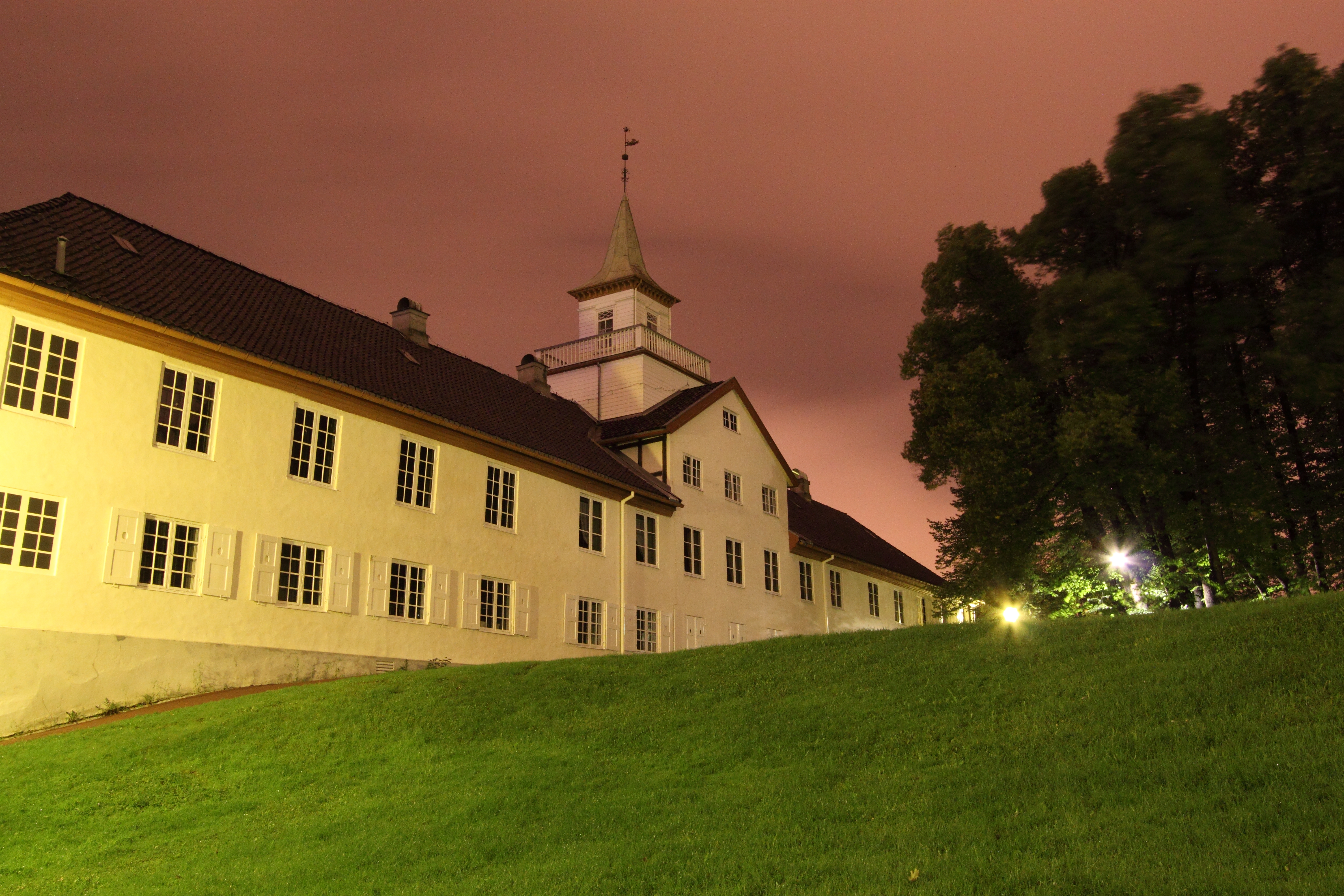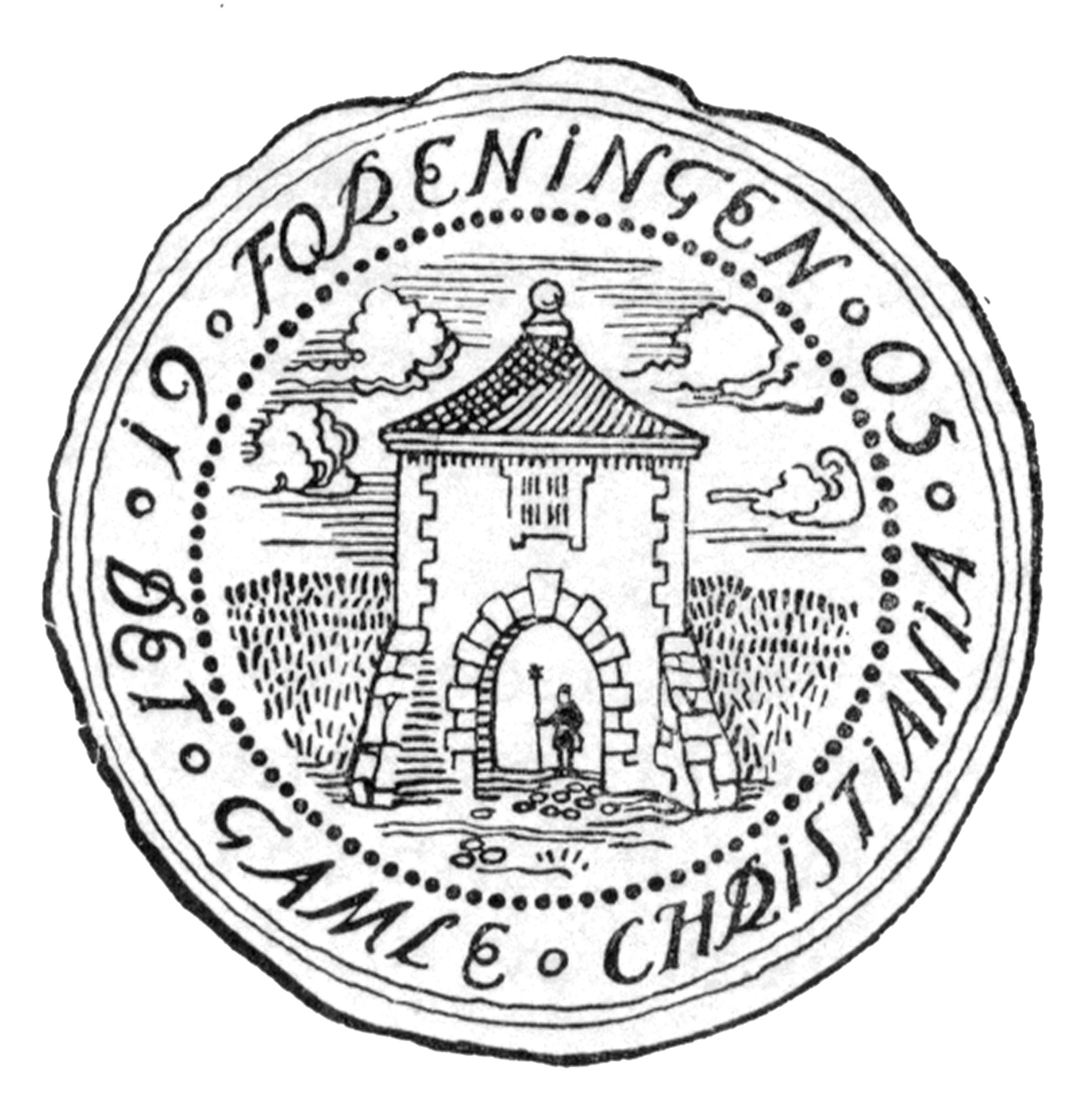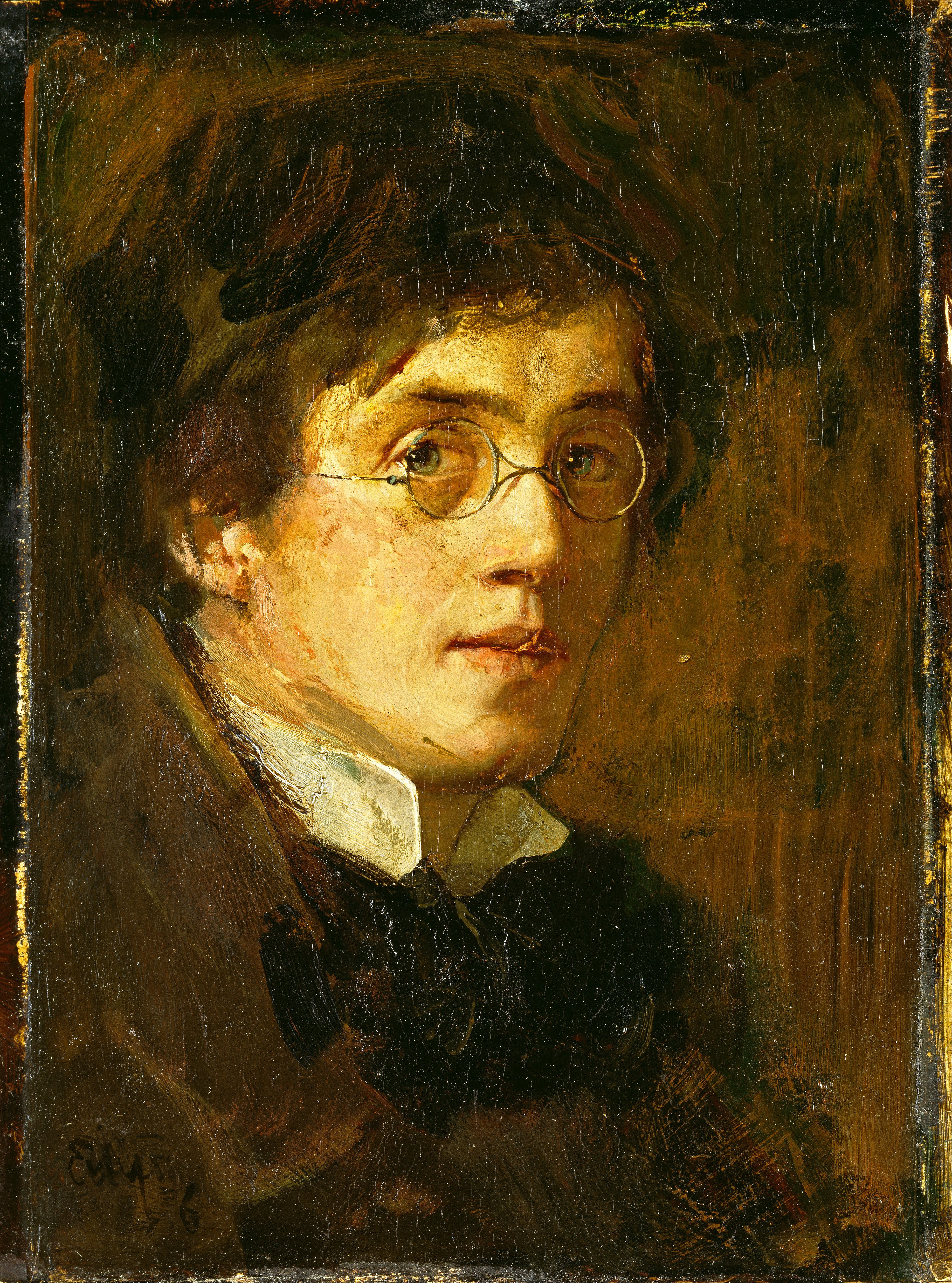|
Oslo Bymuseum
Oslo City Museum (''Oslo Bymuseum'') is a department of Oslo Museum in Oslo, Norway. The museum is located at Frogner Manor (''Frogner Hovedgård'') in Frogner Park (''Frognerparken''). The museum was first founded in 1905 as the association ''Det gamle Christiania''. Initiator and committee leader until 1912 was architect Fritz Holland (1874-1959). A committee members included Bishop of Oslo Anton Christian Bang, architects Torolf Prytz and Harald Olsen, artist Eilif Peterssen and military officer Thomas Heftye. The museum moved into the main building at Frogner Manor in 1909. Oslo City Museum was a private association until the end of 2005. In 2006 it became part of the newly established Oslo Museum, together with two other museums; the Intercultural Museum and the Theatre Museum. Oslo Museum is now headquartered at Frogner Manor. Oslo City Museum has an extensive library with the purpose of documenting the history of the City of Oslo, as well as the former municip ... [...More Info...] [...Related Items...] OR: [Wikipedia] [Google] [Baidu] |
Oslo Museum
Oslo Museum ( no, Oslo museum) is a museum dedicated to the history and culture of Oslo, Norway. The museum is headquartered at Frogner Manor in Frogner Park, together with two of its departments; Oslo City Museum and Theatre Museum. History It was formed in 2006 by the merger of Oslo City Museum (''Oslo Bymuseum''), the Intercultural Museum (''Interkulturelt museum'') and the Theatre Museum (''Teatermuseet''), which are now departments within Oslo Museum. A fourth museum, the Labour Museum (''Arbeidermuseet''), joined in 2013. Oslo City Museum, Intercultural Museum, and Theatre Museum joined forces to create the new museum as a consequence of the State Museum reform. The new museum foundation functioned under the working title "Capital Museum", but from December 2006, it adopted the name "Oslo Museum". Departments at Oslo Museum Oslo City Museum The Oslo City Museum was first founded in 1905 as the association ''Foreningen Det gamle Christiania''. Initiator and curator ... [...More Info...] [...Related Items...] OR: [Wikipedia] [Google] [Baidu] |
Oslo City Museum
Oslo City Museum (''Oslo Bymuseum'') is a department of Oslo Museum in Oslo, Norway. The museum is located at Frogner Manor (''Frogner Hovedgård'') in Frogner Park (''Frognerparken''). The museum was first founded in 1905 as the association ''Det gamle Christiania''. Initiator and committee leader until 1912 was architect Fritz Holland (1874-1959). A committee members included Bishop of Oslo Anton Christian Bang, architects Torolf Prytz and Harald Olsen, artist Eilif Peterssen and military officer Thomas Heftye. The museum moved into the main building at Frogner Manor in 1909. Oslo City Museum was a private association until the end of 2005. In 2006 it became part of the newly established Oslo Museum, together with two other museums; the Intercultural Museum and the Theatre Museum. Oslo Museum is now headquartered at Frogner Manor. Oslo City Museum has an extensive library with the purpose of documenting the history of the City of Oslo, as well as the former munic ... [...More Info...] [...Related Items...] OR: [Wikipedia] [Google] [Baidu] |
Aker, Norway
Aker was a former independent municipality in Akershus, Norway, that constitutes the vast majority of the territory of the modern city of Oslo. The name originally belonged to a farm which was located near the current Old Aker Church. The church in turn became the source of the name of the parish and later municipality as well as Akershus Fortress, the main fief and main county of Akershus which included most of Eastern Norway until 1919, the smaller county of Akershus, and numerous institutions within this area. Aker municipality was in terms of population by far the largest municipality of Akershus county and surrounded the capital city of Christiania (renamed Oslo in 1925) until 1948; Aker was 27 times larger than the capital it surrounded. In the late 19th century Aker ceded some of its territory to Christiania, and in 1948 Aker merged completely with Oslo municipality to create the modern, vastly enlarged Oslo municipality. The merger was unpopular in Aker, which at the time ... [...More Info...] [...Related Items...] OR: [Wikipedia] [Google] [Baidu] |
City Museums In Norway
A city is a human settlement of notable size.Goodall, B. (1987) ''The Penguin Dictionary of Human Geography''. London: Penguin.Kuper, A. and Kuper, J., eds (1996) ''The Social Science Encyclopedia''. 2nd edition. London: Routledge. It can be defined as a permanent and densely settled place with administratively defined boundaries whose members work primarily on non-agricultural tasks. Cities generally have extensive systems for housing, transportation, sanitation, utilities, land use, production of goods, and communication. Their density facilitates interaction between people, government organisations and businesses, sometimes benefiting different parties in the process, such as improving efficiency of goods and service distribution. Historically, city-dwellers have been a small proportion of humanity overall, but following two centuries of unprecedented and rapid urbanization, more than half of the world population now lives in cities, which has had profound consequences for g ... [...More Info...] [...Related Items...] OR: [Wikipedia] [Google] [Baidu] |
Photography Archives In Norway
Photography is the art, application, and practice of creating durable images by recording light, either electronically by means of an image sensor, or chemically by means of a light-sensitive material such as photographic film. It is employed in many fields of science, manufacturing (e.g., photolithography), and business, as well as its more direct uses for art, film and video production, recreational purposes, hobby, and mass communication. Typically, a lens is used to focus the light reflected or emitted from objects into a real image on the light-sensitive surface inside a camera during a timed exposure. With an electronic image sensor, this produces an electrical charge at each pixel, which is electronically processed and stored in a digital image file for subsequent display or processing. The result with photographic emulsion is an invisible latent image, which is later chemically "developed" into a visible image, either negative or positive, depending on the purpose ... [...More Info...] [...Related Items...] OR: [Wikipedia] [Google] [Baidu] |
Museums In Oslo
Oslo ( , , or ; sma, Oslove) is the capital and most populous city of Norway. It constitutes both a county and a municipality. The municipality of Oslo had a population of in 2022, while the city's greater urban area had a population of in 2019, and the metropolitan area had an estimated population of in 2021. During the Viking Age the area was part of Viken. Oslo was founded as a city at the end of the Viking Age in 1040 under the name Ánslo, and established as a ''kaupstad'' or trading place in 1048 by Harald Hardrada. The city was elevated to a bishopric in 1070 and a capital under Haakon V of Norway around 1300. Personal unions with Denmark from 1397 to 1523 and again from 1536 to 1814 reduced its influence. After being destroyed by a fire in 1624, during the reign of King Christian IV, a new city was built closer to Akershus Fortress and named Christiania in honour of the king. It became a municipality (''formannskapsdistrikt'') on 1 January 1838. The city functi ... [...More Info...] [...Related Items...] OR: [Wikipedia] [Google] [Baidu] |
Collection (museum)
A museum is distinguished by a collection of often unique objects that forms the core of its activities for exhibitions, education, research, etc. This differentiates it from an archive or library, where the contents may be more paper-based, replaceable and less exhibition oriented, or a private collection of art formed by an individual, family or institution that may grant no public access. A museum normally has a collecting policy for new acquisitions, so only objects in certain categories and of a certain quality are accepted into the collection. The process by which an object is formally included in the collection is called ''accessioning'' and each object is given a unique accession number. Museum collections, and archives in general, are normally catalogued in a collection catalogue, traditionally in a card index, but nowadays in a computerized database. Transferring collection catalogues onto computer-based media is a major undertaking for most museums. All new acquisiti ... [...More Info...] [...Related Items...] OR: [Wikipedia] [Google] [Baidu] |
Norway
Norway, officially the Kingdom of Norway, is a Nordic country in Northern Europe, the mainland territory of which comprises the western and northernmost portion of the Scandinavian Peninsula. The remote Arctic island of Jan Mayen and the archipelago of Svalbard also form part of Norway. Bouvet Island, located in the Subantarctic, is a dependency of Norway; it also lays claims to the Antarctic territories of Peter I Island and Queen Maud Land. The capital and largest city in Norway is Oslo. Norway has a total area of and had a population of 5,425,270 in January 2022. The country shares a long eastern border with Sweden at a length of . It is bordered by Finland and Russia to the northeast and the Skagerrak strait to the south, on the other side of which are Denmark and the United Kingdom. Norway has an extensive coastline, facing the North Atlantic Ocean and the Barents Sea. The maritime influence dominates Norway's climate, with mild lowland temperatures on the se ... [...More Info...] [...Related Items...] OR: [Wikipedia] [Google] [Baidu] |
Photo
A photograph (also known as a photo, image, or picture) is an image created by light falling on a photosensitive surface, usually photographic film or an electronic image sensor, such as a CCD or a CMOS chip. Most photographs are now created using a smartphone/camera, which uses a lens to focus the scene's visible wavelengths of light into a reproduction of what the human eye would see. The process and practice of creating such images is called photography. Etymology The word ''photograph'' was coined in 1839 by Sir John Herschel and is based on the Greek φῶς (''phos''), meaning "light," and γραφή (''graphê''), meaning "drawing, writing," together meaning "drawing with light." History The first permanent photograph, a contact-exposed copy of an engraving, was made in 1822 using the bitumen-based "heliography" process developed by Nicéphore Niépce. The first photographs of a real-world scene, made using a camera obscura, followed a few years later at Le Gras, Fra ... [...More Info...] [...Related Items...] OR: [Wikipedia] [Google] [Baidu] |
Eilif Peterssen
Hjalmar Eilif Emanuel Peterssen (4 September 1852 – 29 December 1928) was a Norwegian painter. He is most commonly associated with his landscapes and portraits. Biography Hjalmar Eilif Emanuel Peterssen was born in Christiania, now Oslo, Norway. He was the son of Jon Peterssen (1814–1880) and Anne Marie Andersen (1812–1887). He grew up in the neighborhood of Hegdehaugen in the district of Frogner. He attended the Norwegian National Academy of Craft and Art Industry (''Statens håndverks- og kunstindustriskole'') in Christiania from 1866–1870. He entered the Johan Fredrik Eckersberg School of Painting in 1869. He trained with Knud Bergslien and Morten Müller in the autumn of 1870. In 1871 he left Oslo to study at the Royal Danish Academy of Fine Arts in Copenhagen. Later that year he moved to Karlsruhe, where he was a student of Ludwig des Coudres at the Academy of Fine Arts, Karlsruhe and Wilhelm Riefstahl at Weimar Saxon-Grand Ducal Art School. In the fall of ... [...More Info...] [...Related Items...] OR: [Wikipedia] [Google] [Baidu] |
Thomas Heftye
Thomas Thomassen Heftye (10 April 1860 – 19 September 1921) was a Norwegian military officer, engineer, sports official and politician for the Liberal Party. He is best known as the Norwegian Minister of Defence from June to October 1903 and March to April 1908, as well as the director of Telegrafverket. He was killed in the Nidareid train disaster. Personal life He was born in Vestre Aker as the son of banker Thomas Johannessen Heftye (1822–1886) and his wife Marie Jacobine Meyer (1826–1895). He was a grandson of banker and politician Johannes Thomassen Heftye. His great-grandfather migrated to Norway from Hätzingen, Switzerland in the late eighteenth century, and founded the family company Thos. Joh. Heftye & Søn. He was also a grandnephew of Henrik Thomassen Heftye. In May 1888 he married Marie Berghaus (1869–1931). Career Heftye finished his secondary education in 1878, and took a military education in the following years. From 1880 he worked in the family co ... [...More Info...] [...Related Items...] OR: [Wikipedia] [Google] [Baidu] |








